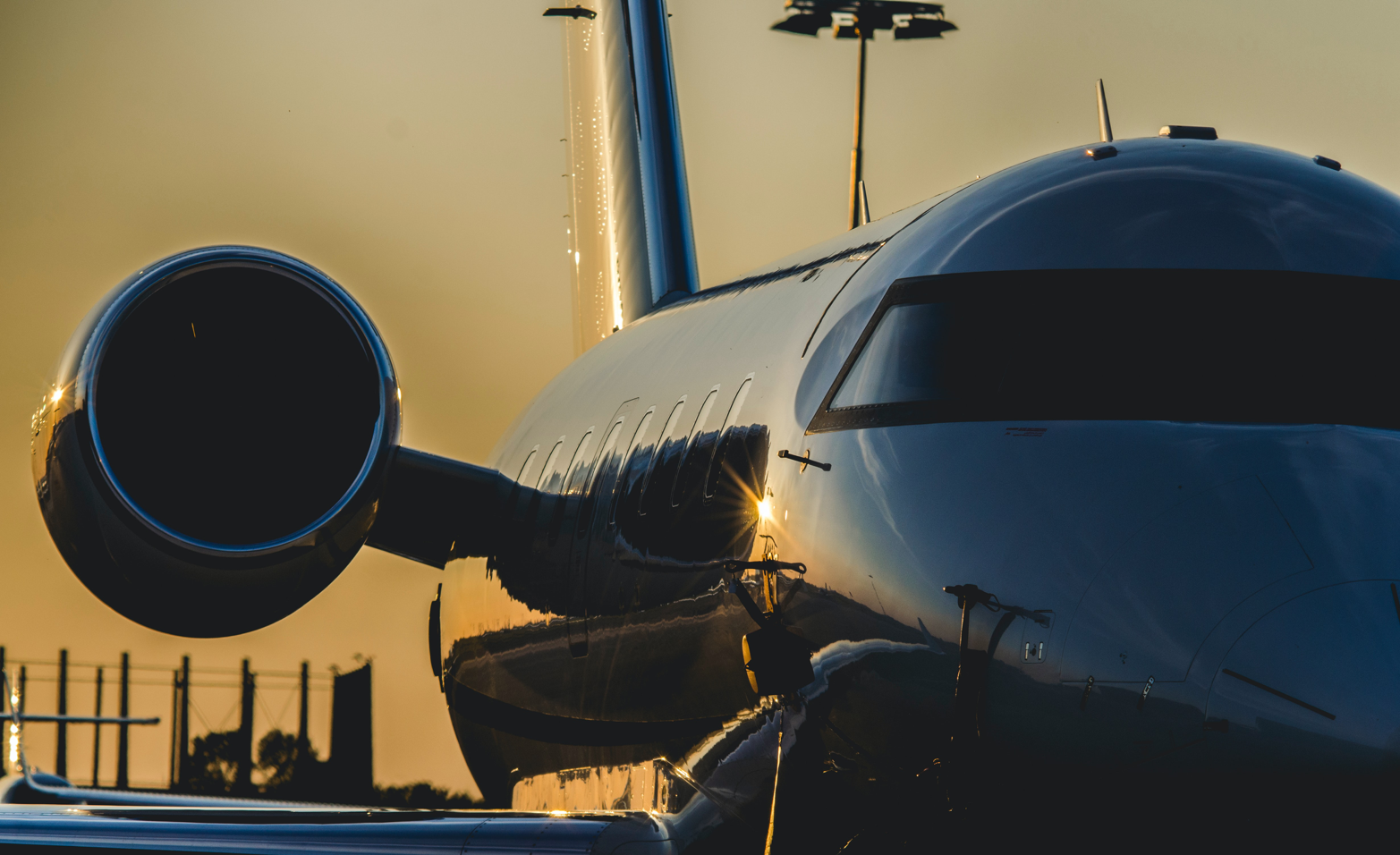
How is private aviation weathering the storm?
Private (business) aviation was hard hit by the Covid-19 pandemic. By some estimates, it saw a decline of between 60% and 75%, but it never came to a complete standstill.
Management and charter companies quickly redeployed their fleets
to repatriation, medevac and carrying humanitarian cargoes. Even while commercial
airlines were grounded, some passenger travel remained essential: diplomatic,
medical and even transporting commercial pilots as airlines sent their jets for
maintenance or re-ownership.
But, will the world of private aviation fully recover, and is any recovery sustainable?
Centtrip works with internationally-mobile businesses like superyachts, performing arts and, of course, private aviation. We spoke with some of our aviation clients for their real-world perspectives.
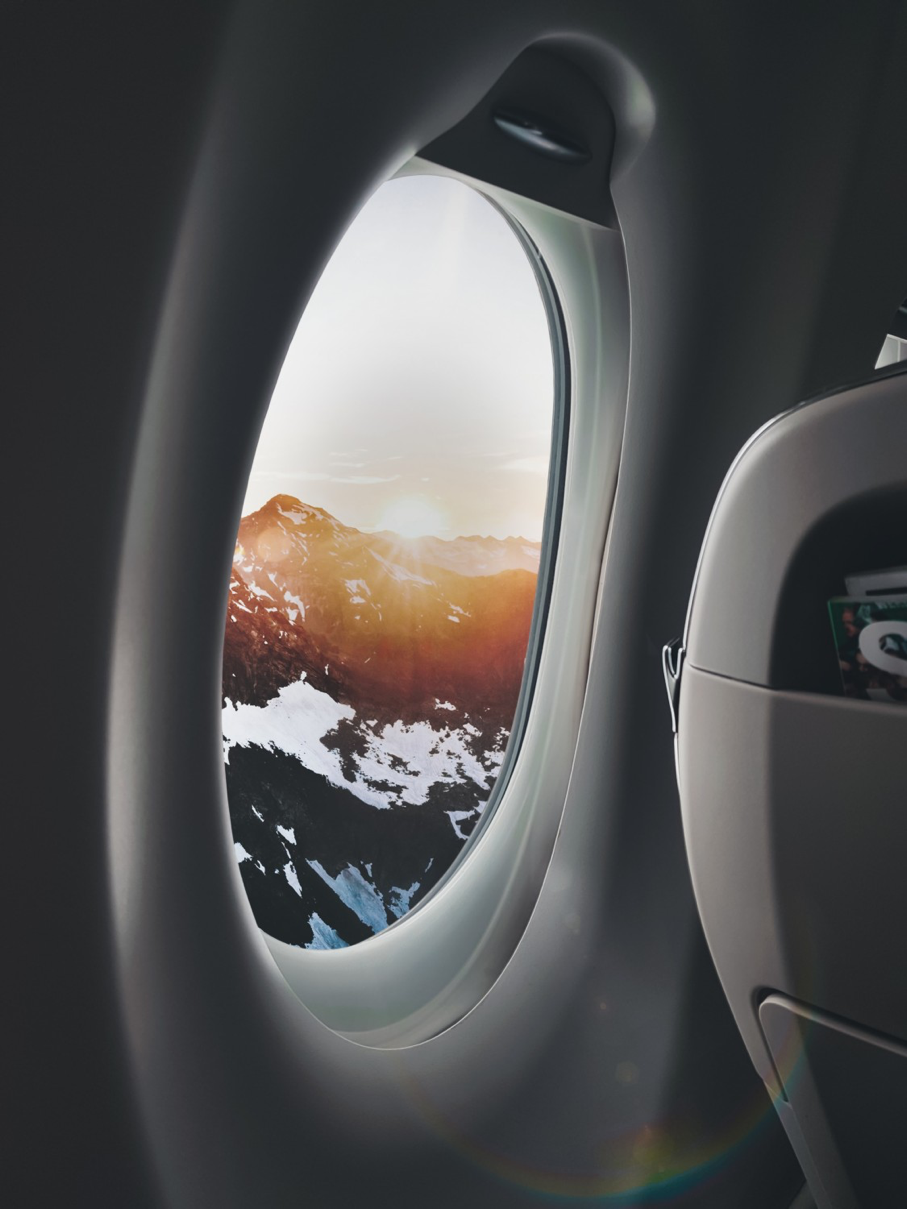
Will people fly again?
Perhaps this is the bigger question: will people want to fly again, in this greener, Zoomier world?
Lockdown has made everyone a master of Teams and Zoom. Our skies are clearer, as are our waterways and green spaces. Images of the Himalayas visible from India for the first time in 30 years and crystal clear Venice canals are causing a green rethink. As businesspeople contrast their recent lives with the cost, time and personal disruption of flying, will they ever want to travel again?
Stockbroker Peel Hunt thinks they will. The Times reports its analysts saying, “Video conferencing will be used more, but we believe travellers will quickly return to normal. Business and personal relationships benefit from human contact.”
There are health and social distancing concerns, of course, but, Stanley Bugeja, Managing Director of DC Aviation Malta and president of the Malta Business Aviation Association is optimistic. We live in a globalised economy, he says, and businesspeople need to travel.
Some things can only be achieved face to face, regardless of cost and inconvenience. Sometimes, you need to be in the same room, looking each other in the eye… rather than up a poorly lit nose.
“Business will always be better, face to face,” as Matthew Williamson, Director of Sales at Air CM Global, told us.
There may even be a short-term upside.
“All forecasts seem to indicate that [commercial] airlines will not return to the same level of scheduling before the end of the year. The best-case scenario is they will reach 80% of where they were in 2019, which should leave room for business aviation to fill in the gap,” Bugeja says.
And, for those that need to travel, the arguments in favour of private aviation are compelling.
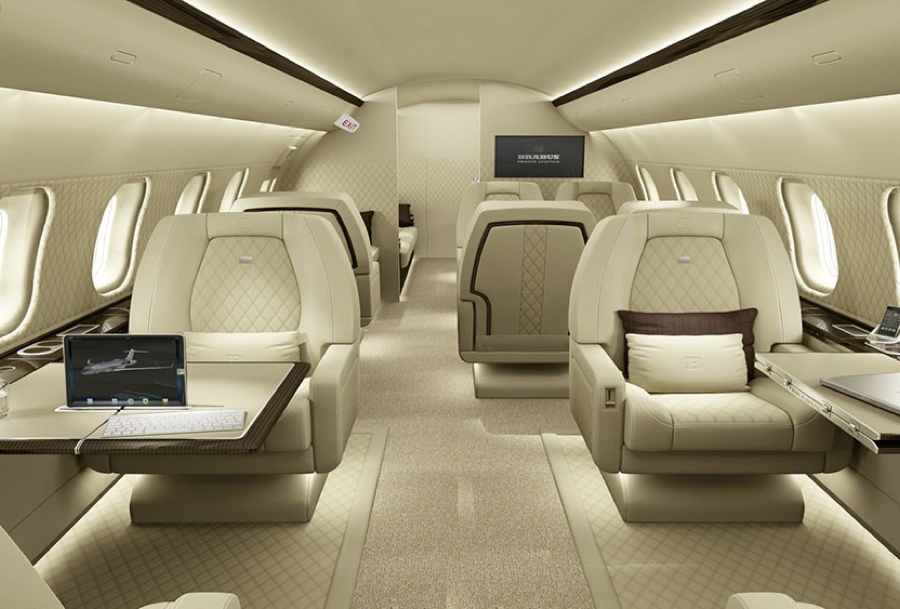
Protecting your personal health and safety
Even with the added space afforded by business or first class, many are looking at the commercial flying experience with trepidation. The prospect of check-in, security, boarding and sitting in a big metal tube of recycled air with a couple of hundred strangers is daunting.
According to a recent research by jet charter operator GlobeAir, there are 700 touch points for possible contagion on an average commercial flight, compared to just 20 on a private flight.
“Business aviation affords better social distancing, first of all because you know who you are traveling with, but also because the numbers on board are significantly less,” says Bugeja.
“Based on average numbers of passengers carried,” he continues, “a Citation XLS has approximately 140 cubic feet per passenger, a Falcon 2000, 200 cubic feet, a Gulfstream G650, 300 cubic feet per passenger. An Airbus 320 with a load of 130 passengers – not even full – gives you 50 cubic feet per passenger.”
Even a smaller private jet provides nearly three times the space of the typical commercial airliner. What used to be considered luxury, may now be thought simple prudence.
That kind of thinking may be reflected in the current market. Unlike the aftermath of the 2008 financial crash, there is no glut of fire-sale aircraft. In fact, the business jet market is “effectively flat”.
“In contrast to the financial crash, we probably won’t see any sustained, adverse effect because the underlying cause is health rather than financial,” Williamson says.
“Those who have business jets are hanging on to them,” Bugeja thinks. “In these pandemic days, people are treasuring the opportunity to social distance themselves.”
In fact, Williamson sees the market in two parts. Larger midsize and heavy jets, from about eight seats and a range upwards of four hours, will recover once the skies re-open.
At the upper end of the market, he feels, “the people who fly on heavier jets, will want to do their meetings face to face. And, they will still be using private jets to go on holiday.”
The lighter, entry-level jet sector may even be more buoyant than before.
“We may see people who were 'block hour program' clients looking to purchase their own aircraft. Rather than flying on an aircraft that lots of people might use, they may prefer to have a singular, safe space,” Williamson continues. “Safety will be the driving force.”
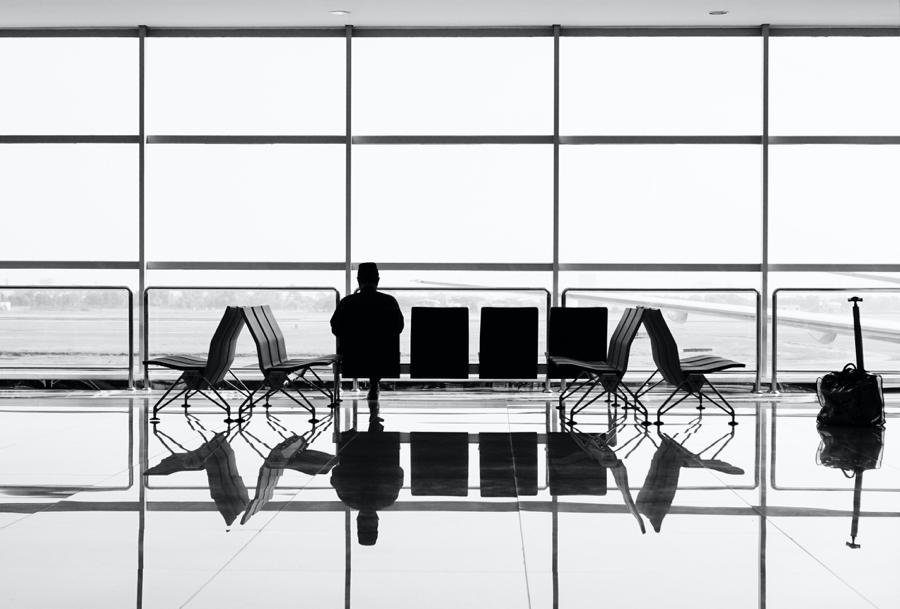
Protecting your time
If you can protect your health and save time, too, private aviation could look irresistible.
“One of the major advantages of business aviation,” Bugeja says, “is that it’s very efficient.”
Consider the ability to process quickly through smaller, private terminals at smaller airports – think Farnborough compared to Heathrow.
Those smaller, more efficient airports look even more appealing when some airlines are openly contemplating four-hour check-in times. Many, less-profitable routes may be axed altogether.
Private aviation provides efficient, point-to-point travel, without transfers.
There is a precedent. After the dreadful events of 9/11, and the consequent added security, private aviation experienced a marked, and sustained, increase in demand. According to transatlantic law firm Womble Bond Dickinson, “of the 20,000 commercially licensed charter aircraft in the United States in 2001, 80% saw an increase in year-over-year bookings in the fourth quarter of 2001.”
Is price a problem?
There’s no escaping the fact that private aviation is more expensive than commercial. However, as several reports – like this analysis from the Daily Telegraph – point out, the difference is not as great as many imagine. A (leisure) return flight from UK to Malaga in high season may cost about four times the price of business class.
At the upper end of the private aviation market, price is not an issue.
At the lower end, greater efficiency and lower risk may make the price persuasive for those who can afford it.
There is also, Bugeja thinks, “an opportunity for innovation. The time is now – because of the pandemic and social distancing – to explore new models.”
Perhaps, he muses, businesses could alternate between video conferencing and private aviation. Instead of flying to meetings every month, two could be by video and once a quarter, senior executives could use a private flight to meet in person. Possibly, CEOs from two or three companies could coordinate to fly together.
Williamson also sees room for innovation:
“Models that were failing before, like seat-sharing and jet-share programmes, could see an increase in demand, if they can be presented it in the right way.”
“There are opportunities now that were not obvious even three months ago,” Bugeja says. “The price will always be higher than business or first class, but maybe the gap won’t be so big, and the advantages – of time, safety and security – will be much more pronounced.”
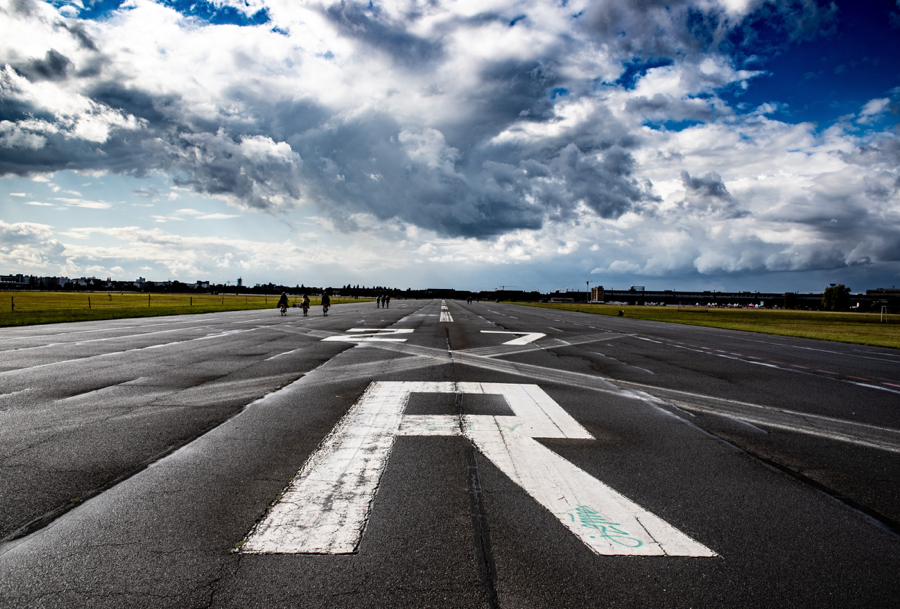
Has the recovery started?
Both our contributors see an upturn in business.
“Since countries started talking about an end to lockdown, there's been an incline in bookings and flights,” Williamson confirms. “I think by the middle of July, we'll see a market that's back to 75% or 85% of what it was before.”
Bugeja agrees. “We can see a slow start to the recovery,” he says, but cautions that it is hampered by the internationally inconsistent approach of different countries.
Bugeja is optimistic for 2020. Beyond that, he’s not prepared to commit, “Whether this is sustainable or not depends on the economy, but also on us [the private aviation industry], and how innovative we are in making our product more accessible to potential customers.”
“We’ve weathered the storm,” Williamson
concludes. “We’ve even managed to grow during the period. Most private aviation
businesses seem to have made it through. And, as in the volcanic ash cloud [of
2010], the industry has learned a lot that will
sustain and improve the business for the future.”
Our customers are seeing a recovery and we’re experiencing increased demand for our services as a result. Private aviation clients value Centtrip’s prepaid, multi-currency card, with its uniquely high balance and transaction limits. They also appreciate the high levels of informed and personal service and support Centtrip provides.
If you’d like to discuss how Centtrip can support your post-covid recovery, please get in touch.

